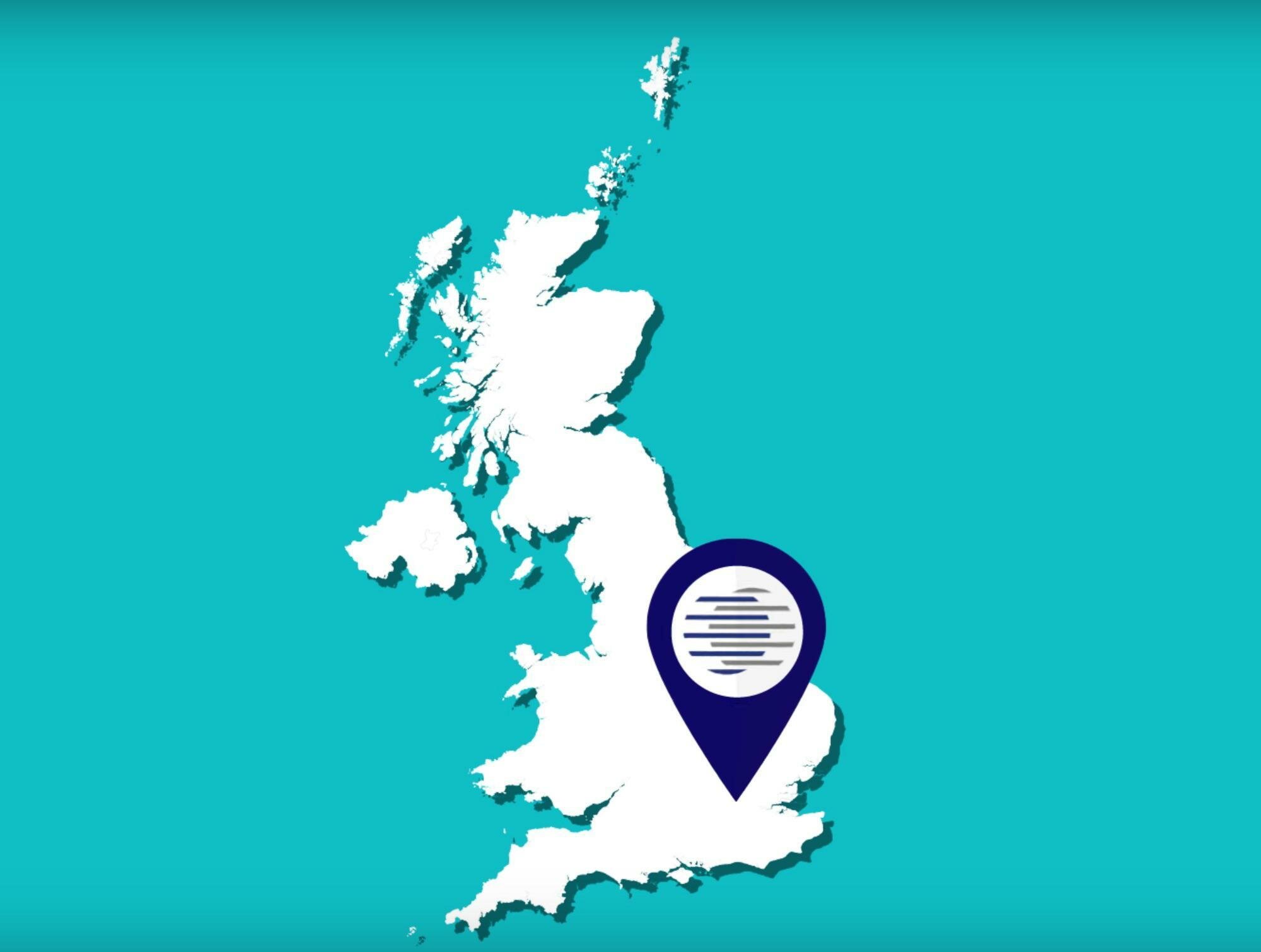28th April 2016
Capital cities and CBDs were once the obvious data centre location choice. Connectivity was better and big city businesses wanted their data close by. But with costs and risks on the rise, is the city still the best place for your data?
 Out of the UK’s 238 colocation data centres, 71 are situated in London. Birmingham, our second largest city by population, has only eight.
Out of the UK’s 238 colocation data centres, 71 are situated in London. Birmingham, our second largest city by population, has only eight.
The rest are dotted around the country in ones and twos. What does this picture tell us? A single event in the capital could cause massive nationwide data disruption.
It’s a similar story across Europe: 45 out of 139 French data centres are located in Paris, while almost half of all data centres in the Netherlands (37 out of 84) are located in Amsterdam.
Naturally, these cities are where the large businesses are headquartered and, only a few years ago, it was considered desirable for a business and its data to be close to one another.
There were valid reasons for this: connectivity was better in the cities and if a disaster were to occur, the IT team could be on the scene quickly to sort things out.
Since 9/11, that viewpoint has changed. Businesses have become far more concerned about data security and availability in the event of a disaster.
Our cities may still be the obvious choice for head offices but it’s no longer necessary for data to be kept there too. In fact, with today’s advanced global connectivity, keeping your data close to your commercial, human and property assets is more of a liability than an advantage.
It’s a sad truth that climate change looks increasingly likely to cause flooding in the mighty rivers all our major cities are built beside. It’s also true that our cities are as much a targets for terrorists as they were in 2001.
If connectivity was still an issue outside of CBDs, the other risks could perhaps be considered a necessary evil: but that’s not the case. With state-of-the-art data centres being established away from the high-risk city areas, offering dedicated desk space within their walls for business continuity, why are businesses still putting their data under threat in the city?
New plans to combat old risks
High stone city walls once kept safe the valuable things stored inside; money, important information and personal identity papers. Even though our valuable assets are now largely digital data protected by firewalls, the threats to those assets remain much the same: theft, damage and loss.
Data is one of your business’s most valuable assets. What would happen to your business if you couldn’t access that data or it was lost for good? Having your data close by might still seem like the best way to keep it safe but if you’re in central London, that simply is no longer the case. There are better, more affordable, safer options just a few miles away.
Not only are these options often more cost-effective because these sites aren’t subject to London rates, they are selected for their low-risk profile, rather than proximity to the city. With connectivity continuing to improve, there is no longer a downside to moving your data further out, only benefits.
Placing your data in one of these new sites, automatically reduces the number and severity of threats it is exposed to. This lowered risk profile will definitely improve your disaster recovery and business continuity plans, and potentially reduce insurance premiums as well.
London is not too modern for old-fashioned threats
The vast majority of London data centres are located around the eastern side of the city and out towards docklands. This is akin to keeping all our data eggs in one basket – an old idea that has never been presented as a good one.
Sometimes, the simplest solutions are the oldest and the most obvious. If data is such a valuable commodity, surely we should keep it somewhere that we know is safe.
The trouble is, the safety of London is in many ways an illusion. There are many questions we need to ask, in order to understand the threats to the capital today, such as:
Is a terrorist target really the best location for your data?
MI5’s current threat level for international terrorism to the UK is severe, meaning an attack is highly likely.
When terrorists attacked Paris in November 2015, they focused their attention on the St Denis area of the city. In addition to the Stad de France and the Bataclan stadium, this is where the city’s data centres are concentrated.
Causing chaos through wide scale data disruption may not have been the motive for these particular terrorists, but what if it had been? Imagine the fall-out if Paris had lost its data centres. Only one thing is certain: if London’s data centres were targeted, the fall-out would be even worse.
What happens if the city is locked down?
In the wake of the Paris attacks and now those in Brussels, Western European cities are all on high alert for terrorist activity. If there was the slightest known chance of explosions occurring in the city, a total lock down on transport in and out of the city is very likely.
If you couldn’t reach your office could you still run your business? The answer is probably ‘yes’, as long as your data is accessible. What if your tech team couldn’t get into work and something happened at the data centre?
If your data is outside of the locked down zone, this potential problem goes away.
What natural disasters could threaten your data?
With London’s data centres concentrated around the Docklands area, the river Thames is the most obvious natural threat. The city of London is built on a flood plain and the Thames bursts its banks regularly.
The Thames Barrier was constructed in the 1980s to protect the city from inevitable high tides and North Sea storm surges that happen a few times a year. Without it, large swathes of the city, including the O2 arena in Greenwich, would be submerged in flood water. Since its construction, according to official sources, the barrier has been closed 174 times. A record 50 of those were in 2014 alone. The barrier was only designed to close 2-3 times per year. As of 2008, each closure cost the government £16,000. Based on these figures, the record 50 closures in 2014 cost the tax payer close to £1million, costs which will eventually be reflected in further rises to London land rates and in turn, London data centre space.
The Environment Agency is busy updating London’s flood protection plans but they could take decades to put into action, and some of the existing defences are 100 years old. Meanwhile, the river is going to continue to flood and there is no way of knowing how much more frequently the barrier will have to be closed. This level of wear and tear was unforeseen at the time of construction. It seems sensible to me, therefore, that the government should be considering new maintenance protocol or an updated solution; it could prove disastrous if this primary flood defence was to fail when we need it the most. However, at the time of the record closures, the barrier's operation manager Andy Batchelor said: "The long term plan for the barrier recognises that we will use it on average more frequently year by year and we are still forecasting not to need a replacement until 2070."
Fire is a constant threat in a large city and one London is particularly famous for. While today’s advanced fire prevention systems go a long way to protect the city’s data centres, those located outside of the city carry far less of a fire risk.
Finding the ideal data centre location
Your business has a unique set of needs and your choice of data centre should, first and foremost, meet those. Once you take away the need to be in central London and the high fees associated with that, you may well find yourself receiving more features and benefits for the same cost.
Dedicated desks give you an alternative workspace if you can’t reach your London office, and it’s right next door to your servers. Even if the problem is nothing more disastrous than a bad traffic jam, your business activities won’t be affected.
There are data centres outside the city with extremely low-risk profiles: high above sea level and on stand-alone plots to reduce flood and fire threats. Beware of some sites that have been built in other flood prone areas. Slough is a prime example, situated on the Thames flood plain albeit 30 miles upstream from Docklands.
Your data should be in the safest possible place, away from as many threats as possible. The nature of risk may not have changed that much, but your options for mitigating it certainly have. Starting with data centre location.


